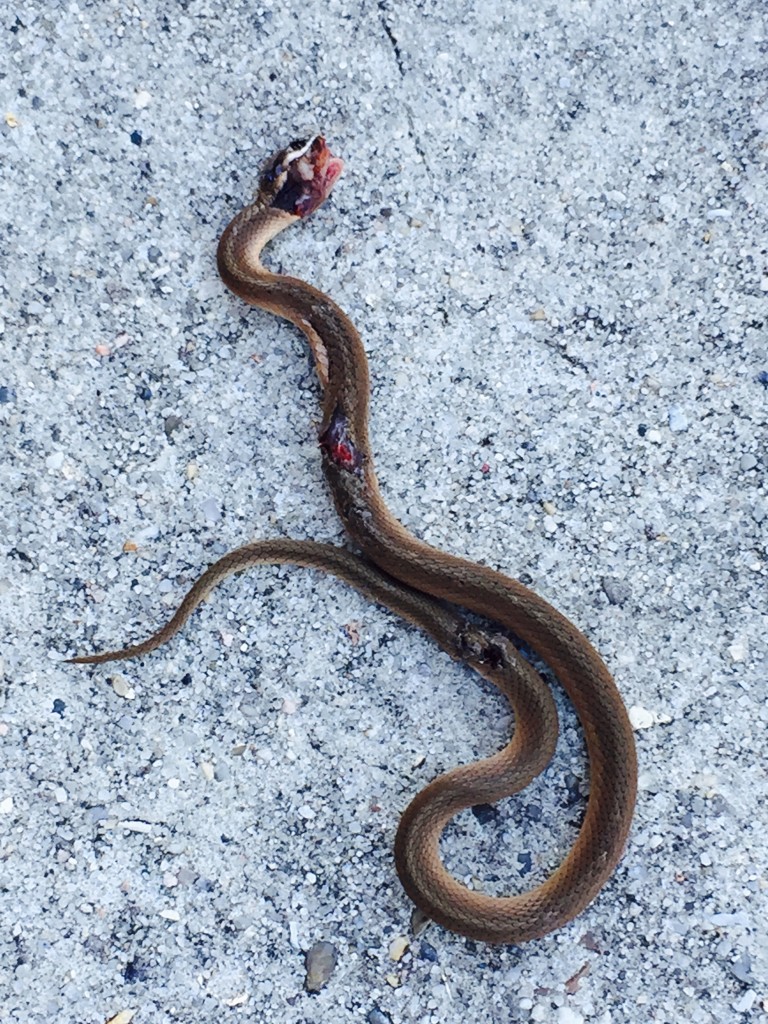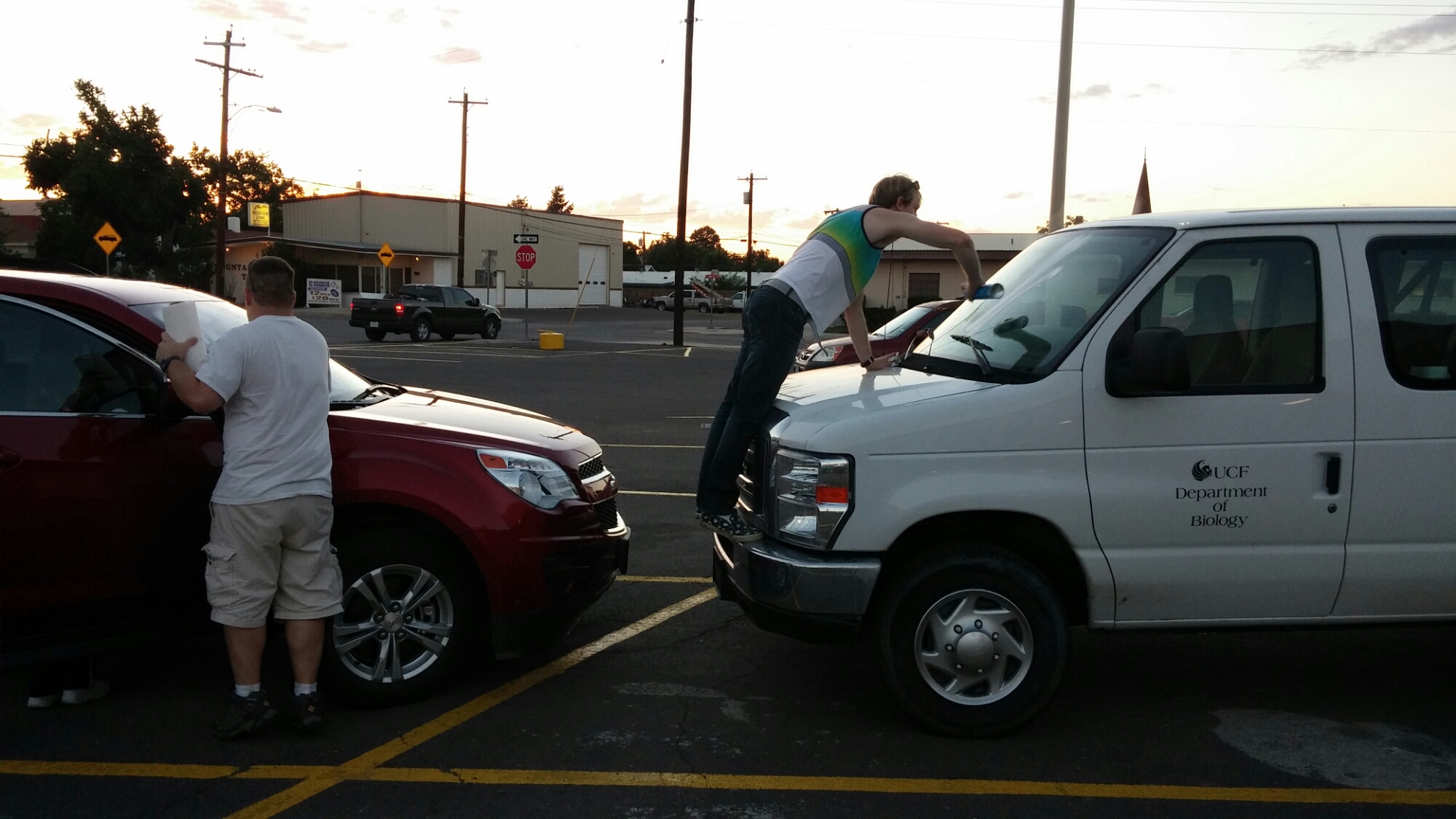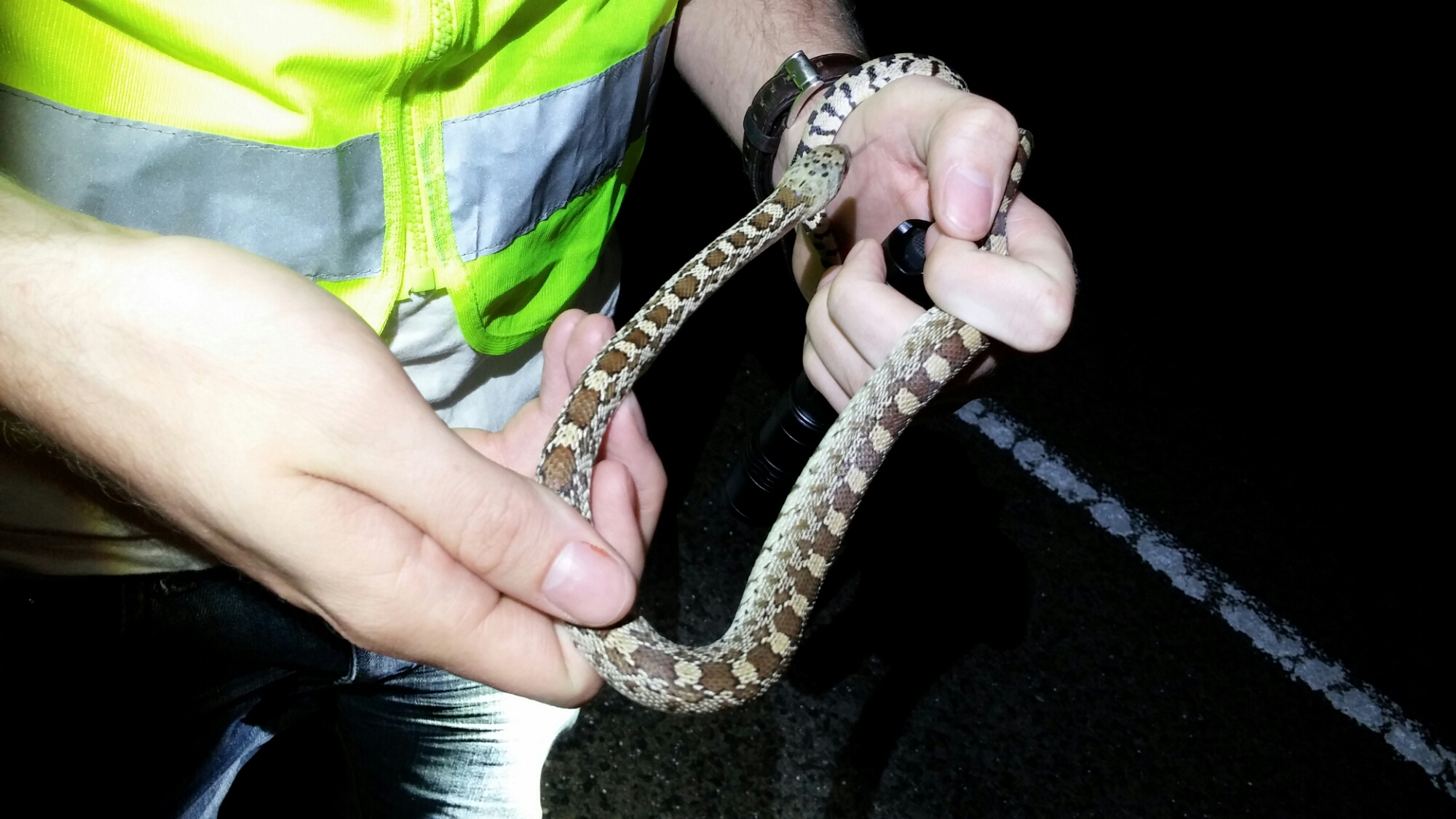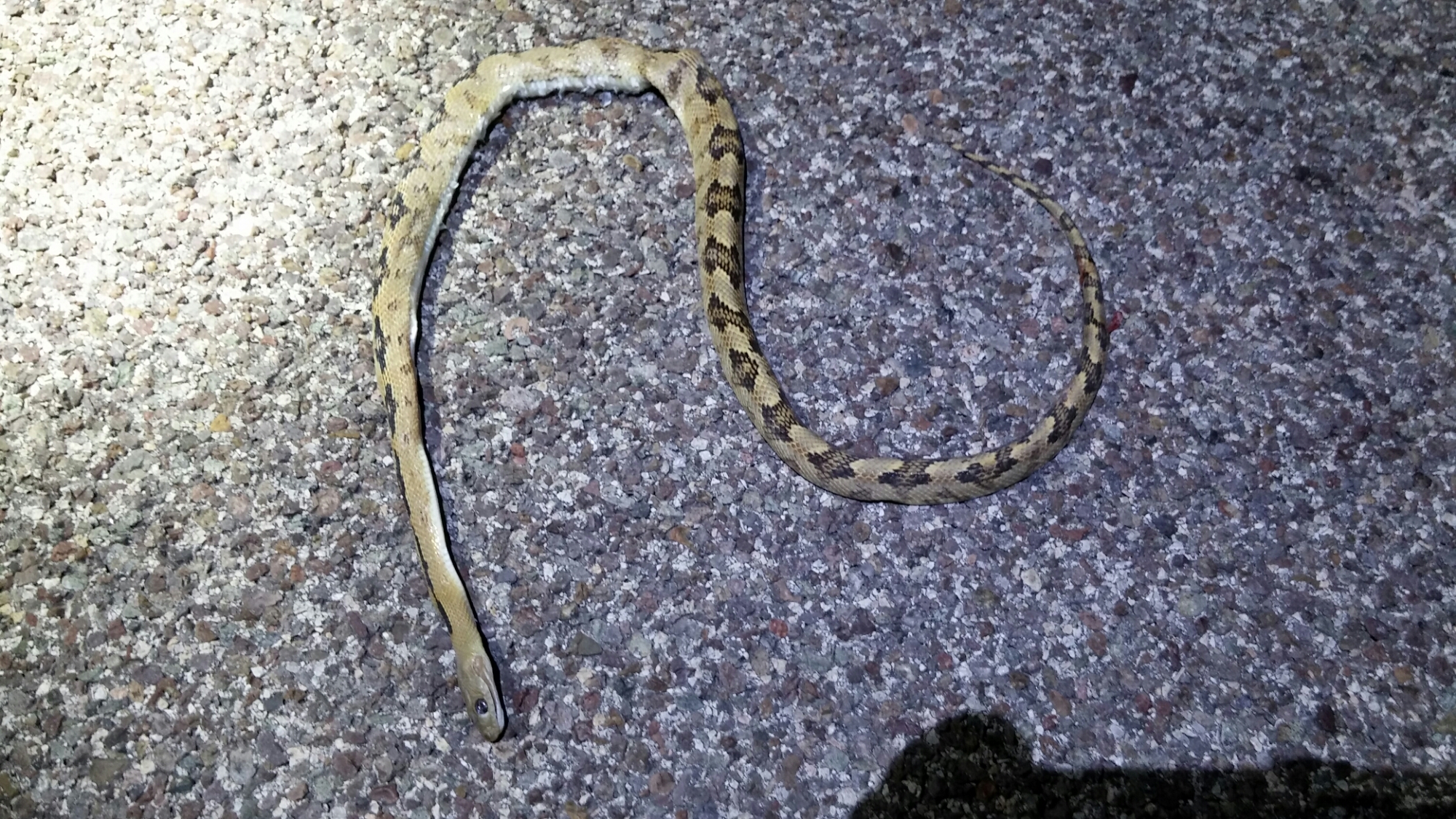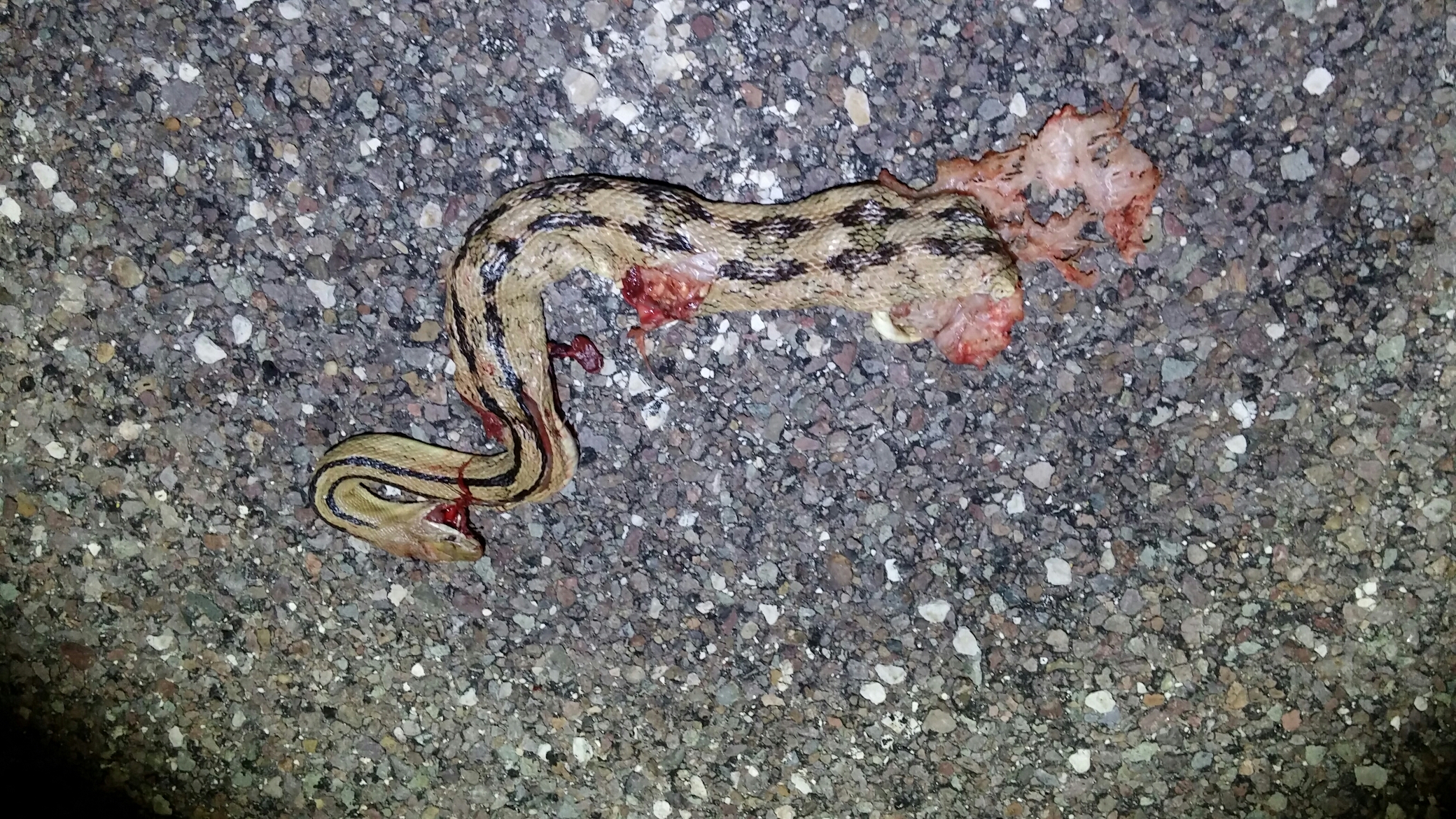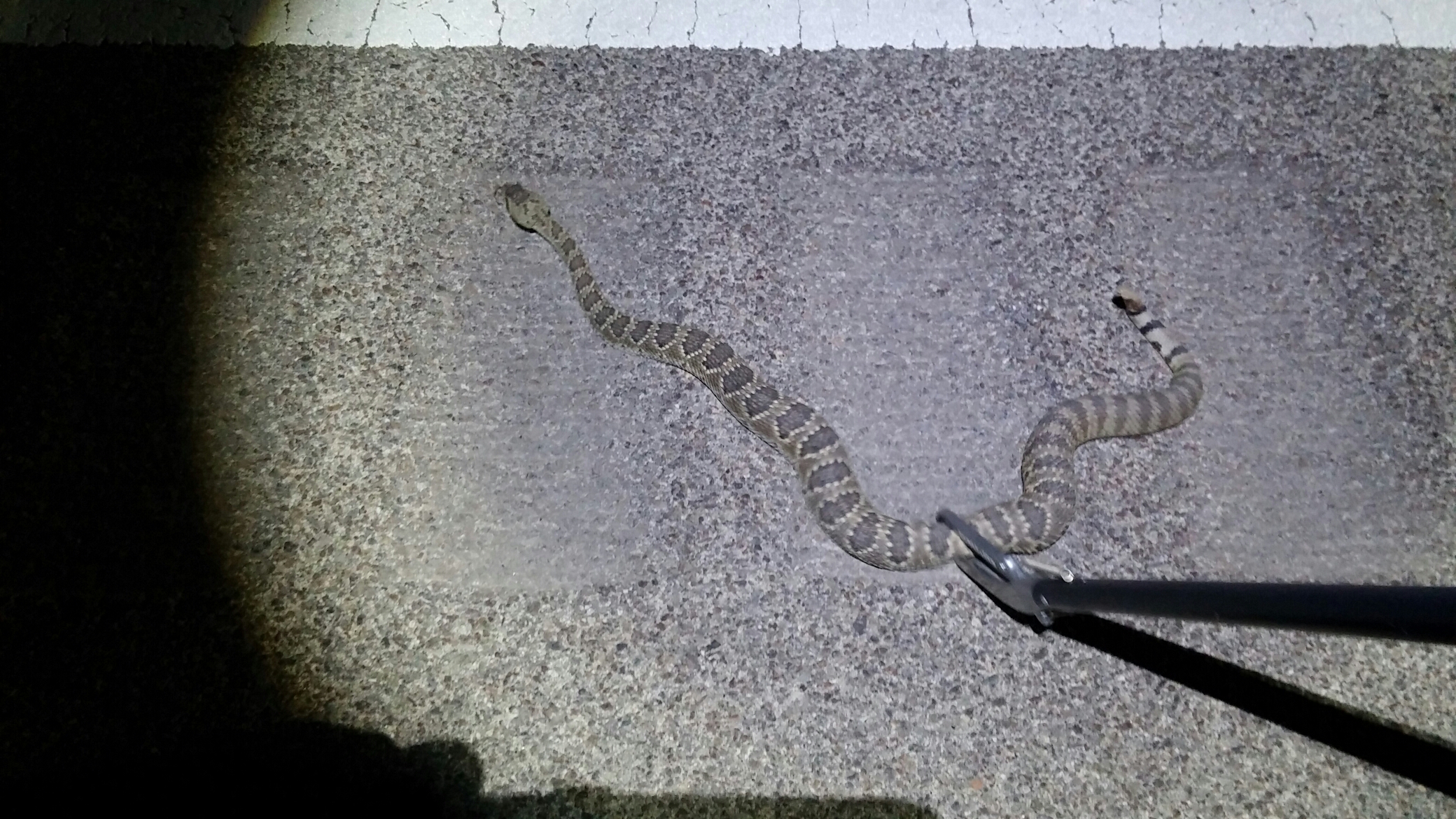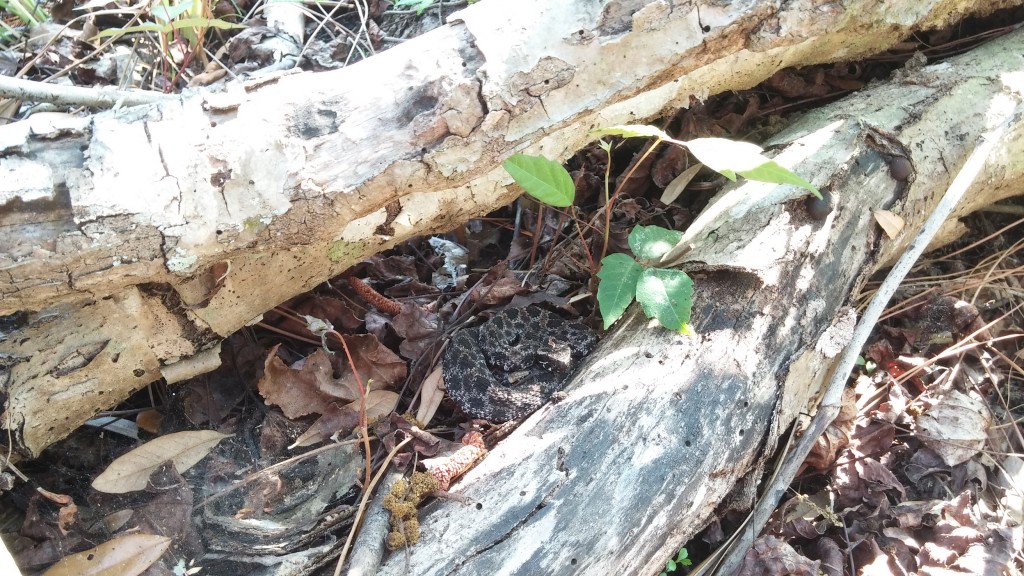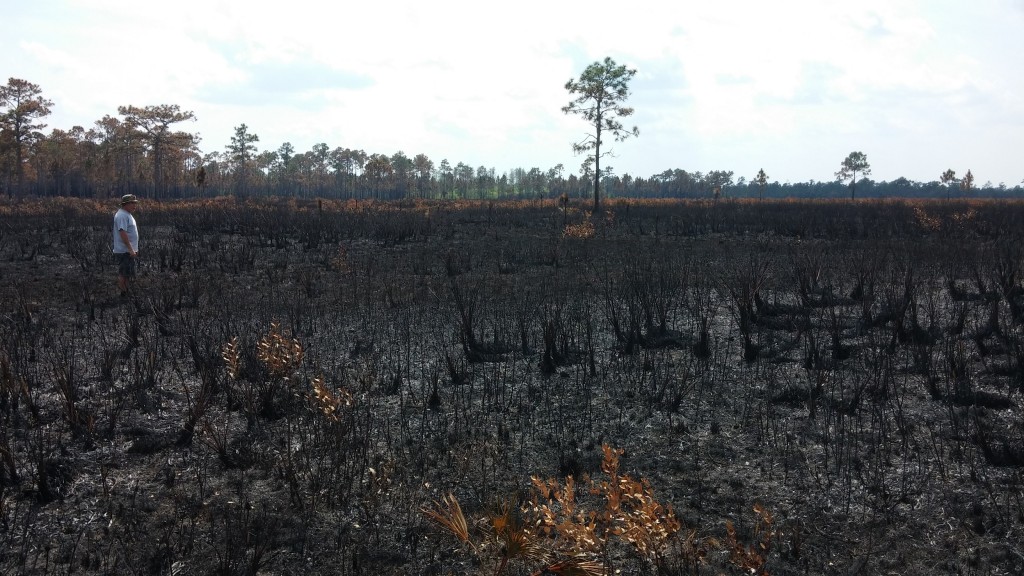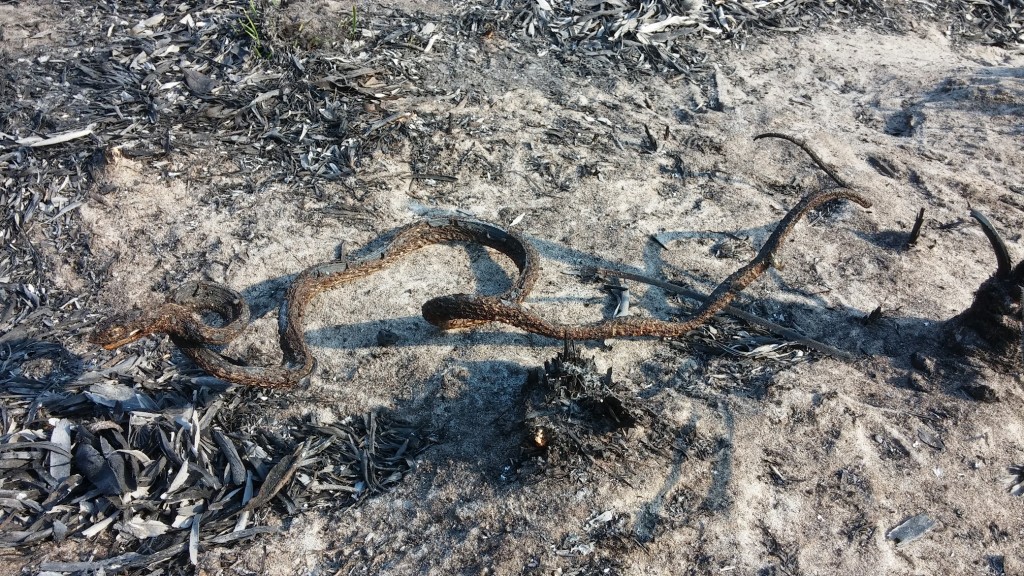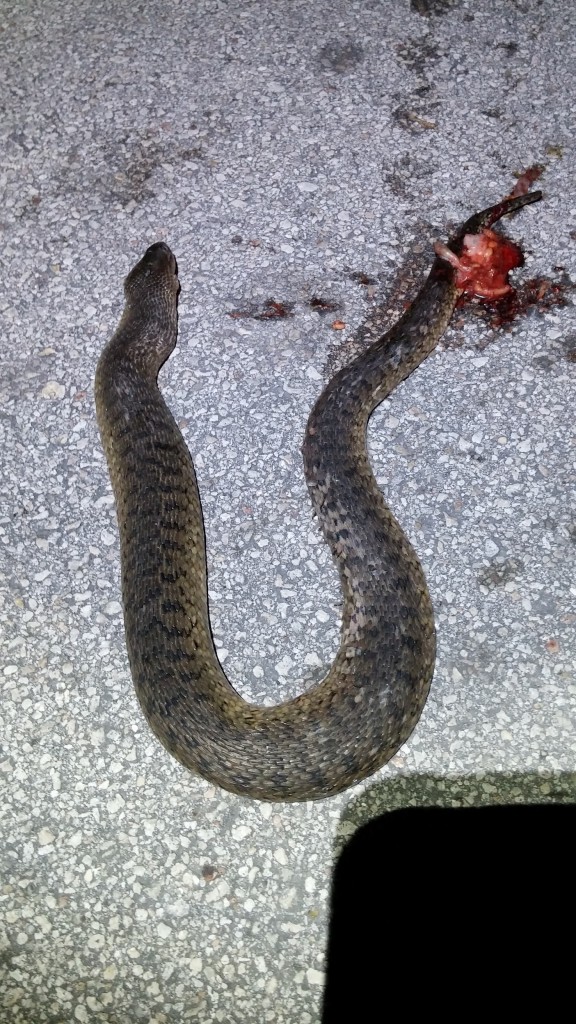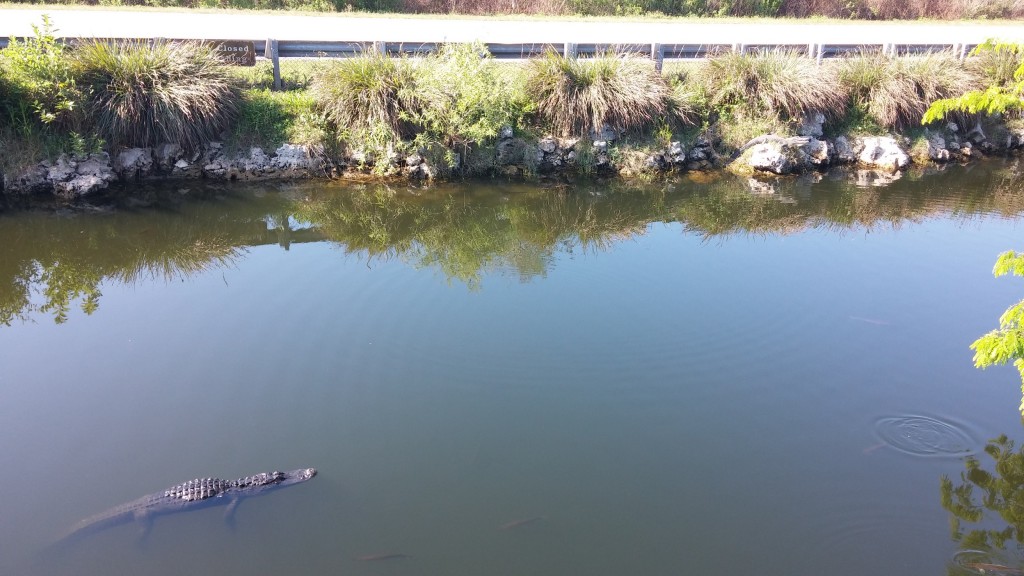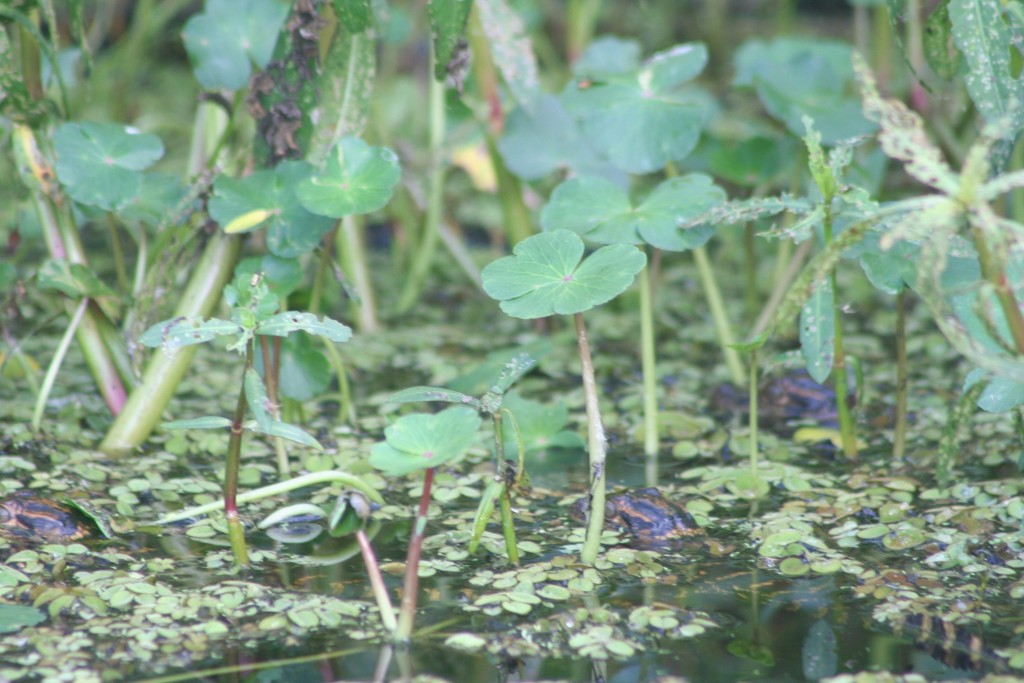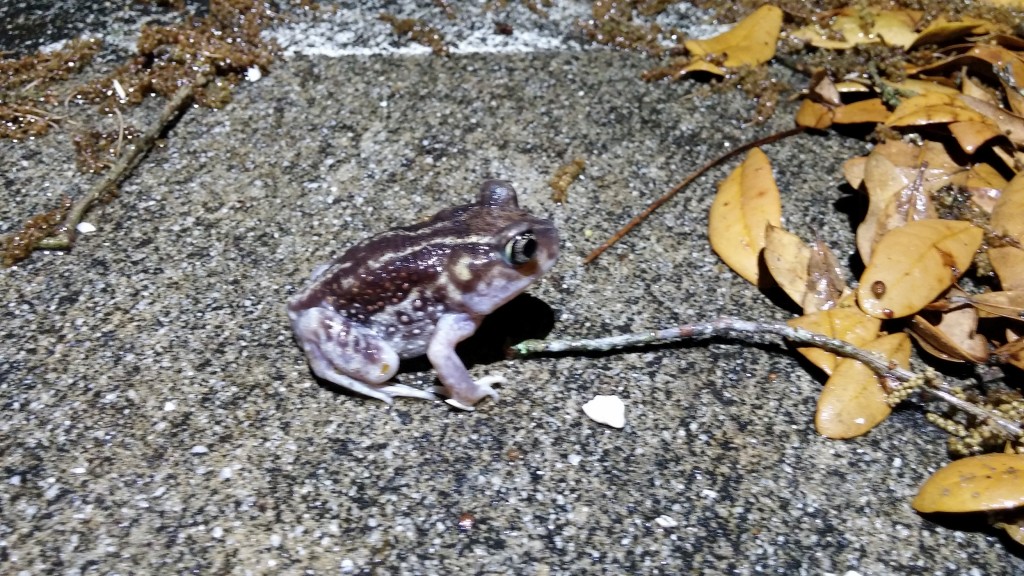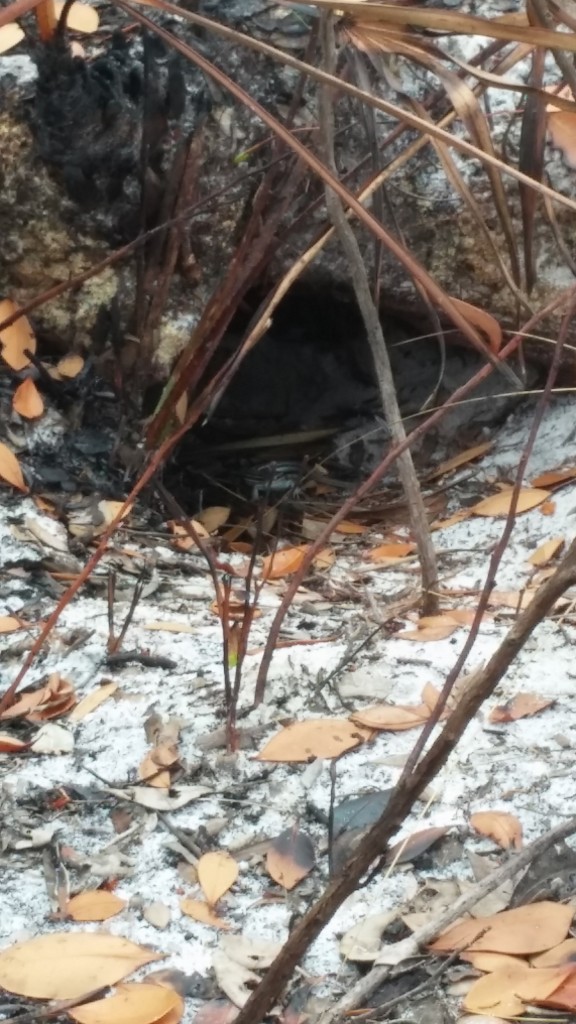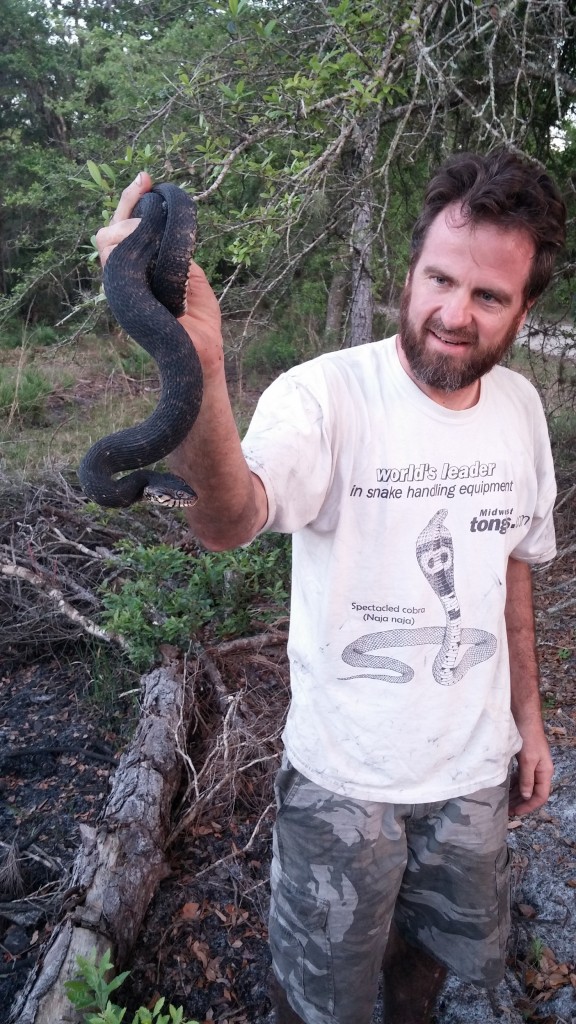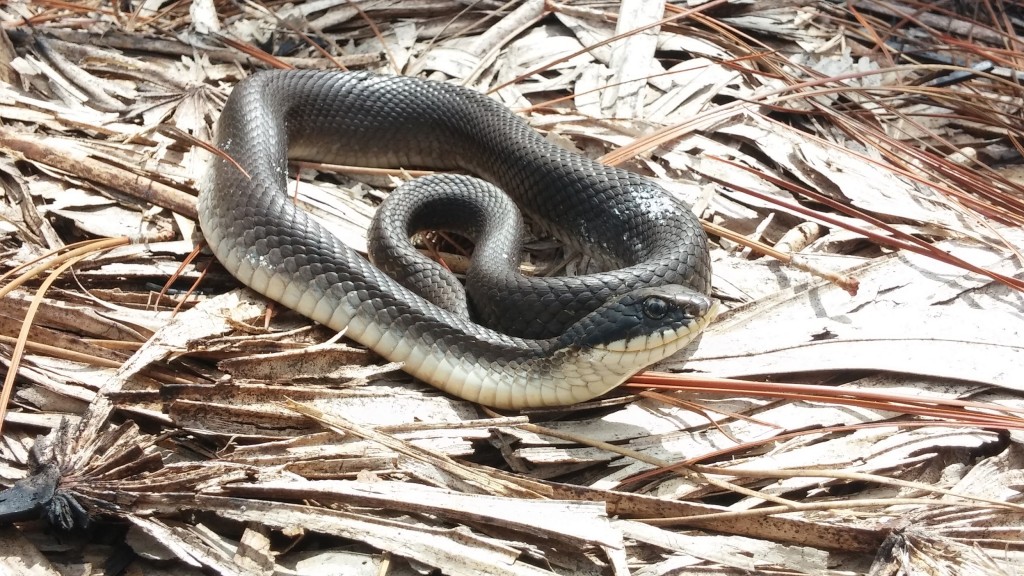I received two snake identification requests this week. The first was found in Central Florida under a seat cushion on my parents’ porch. The second is a DOR (roadkilled) snake ID request that Jason received from a friend in New Orleans, Louisiana. Any guesses?
As with all communication and logic, explicitly defining our assumptions and definitions is crucial for clarity and understanding. I will continue with the discussion of science, given the definition that I provided in the last Science-Mindedness post: science is a repeatable, systematic method of improving our ability to understand and predict phenomena based upon methodological naturalism, logic, and empirical evidence. To delve deeper into this definition, I will focus on discussing methodological naturalism in this post, as it serves as the fundamental assumption or “rule” in science.
Methodological naturalism is the philosophy that all observations have an explanation to be found within the universe. By this philosophy, all supernatural and paranormal explanations are invalid. Methodological naturalism is a fundamental assumption of science. Strict adherence to methodological naturalism is not an arbitrary decision for scientists, but rather a crucial starting point established through generations of trial and error.
The efficacy of science is strongly tied to the philosophy of methodological naturalism. Historically, individuals who attempted to use magic, alchemy, or other means of searching for understanding in our world garnered equal or greater respect than individuals who relegated themselves to observable, testable explanations for phenomena. However, as efforts demonstrated, only science withstood the test of time as a means to make progress towards a clearer picture of existence. By applying the assumption of methodological naturalism, scientists continue devising and exploring explanations for phenomena that other disciplines relegate to supernatural causes (hence halting their search for understanding). Without this crucial assumption, any line of questioning could be halted with one word: magic.

“Where do babies come from, Mom?” “Magic, honey.” Can you imagine what Penn and Teller’s parents thought when they first told them they wanted to be magicians?
To be clear, methodological naturalism serves as a fundamental driving force for research to continue. By excluding paranormal or supernatural explanations, scientists have restricted themselves to explanations which can be observed, tested, and repeatedly scrutinized, thereby allowing for scientific knowledge to progress and improve as evidence supports (whether affirmative or negative) conclusions.
As we continue our discussion, I’ll leave you with some questions to discuss and lead us to the next post: Why do we use science? When do we use science? Should science be applied in all situations? Are there questions not addressable by science? Why do we choose science over other methods of inquiry?
We woke up at 7 to leave Vicki’s by 8AM, stopped at Chic-fil-A for a quick breakfast, and headed to meet Jason, Chris, and Caroline in west Texas.
Along the way we stopped at Buc-ee’s (the famous gas station/store) for a quick break and then in San Antonio to walk along the River Walk and have lunch.
When we finally met up with the other group at a Pizza Hut in Alpine, we were pleased to find Ron and Eric there as well.
After a quick pizza dinner, some supply shopping, and cleaning/reorganizing the vehicles, we split up into three cars: one car went to Big Bend for sight seeing and hiking, and the other two cars went to road cruise for snakes (we were particularly keen on finding samples of Mojave Rattlesnakes).
It didn’t take long before the state troopers and border patrol had stopped to see what we were doing before letting us continue our search for science. The first snake we came across was a chunky long-nose (Rhinocheilus lecontei) crossing the street around midnight.
We spent 7 hours cruising and walking road cuts, and found a total of 15 snakes representing 10 species. It took most of the night, but we finally found 1 Mojave Rattlesnake (Crotalus scutulatus) at 3:30AM. By 4:30 we had tired out and arrived at Sky’s (thanks for letting us crash there!) house to sleep.
A group of four graduate students (Andrew, Matt, Alexa, and Katie) from UCF and I started our drive to Sanderson, TX for the Snake Days conference. We spent the whole day driving to arrive in Houston at 9pm to stay with Vicki (a recent UCF biology graduate) for the night. It was a largely uneventful drive, but it got us one day closer to Snake Days!
Ron (from Arizona) came to visit Orlando for his first Florida herp trip this March. His friend, Eric, joined the search shortly thereafter, and we had a great time traveling across the state in search of fun wildlife. Here’s a long-overdue photo tour of some of the best finds of the trip:
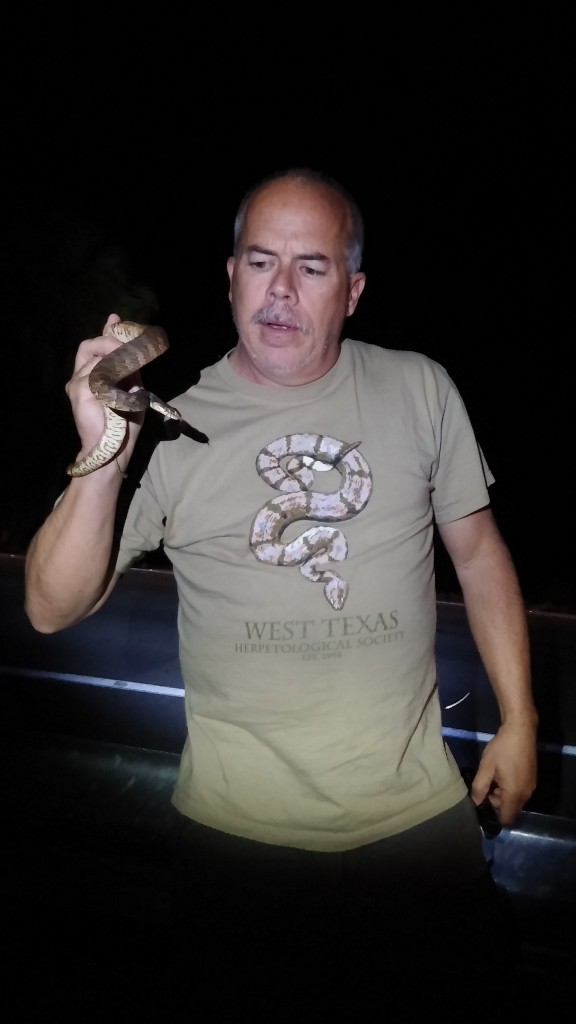
Ron holds the first snake of the trip, a Florida Water Snake (Nerodia fasciata). We found a lot of these snakes during the two-week trip.

An exotic, invasive Brown Anole (Anolis sagrei) on a palmetto leaf. These lizards are common throughout the state.

A Common Box Turtle (Terrapene carolina) sits closed in its hinged shell when we startled it walking along a path.
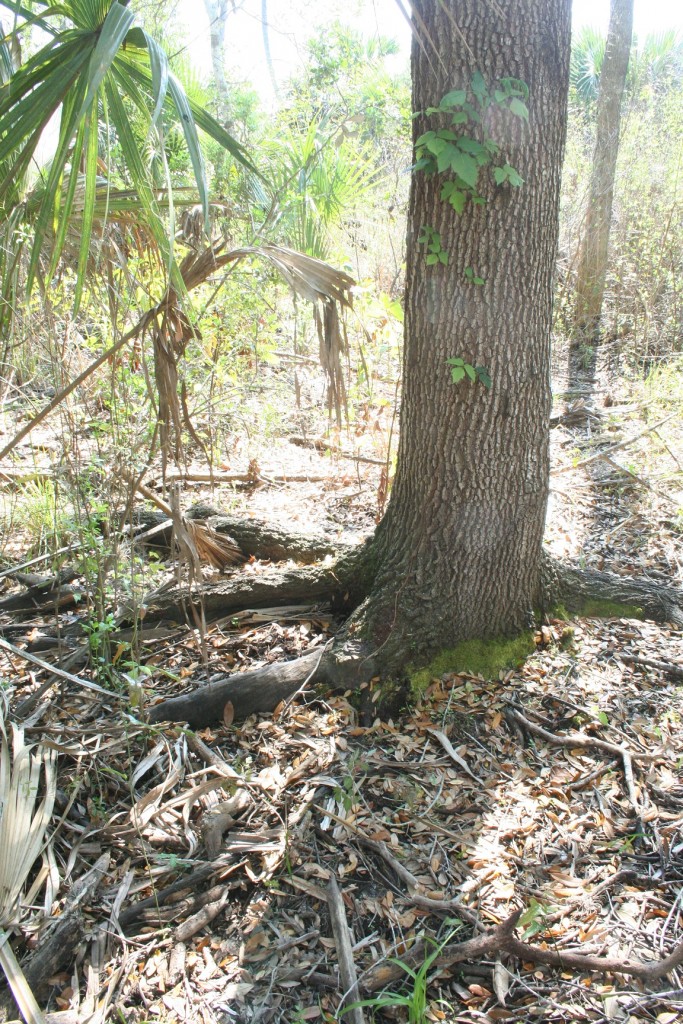
The first of many Pygmy Rattlesnakes (Sistrurus miliarius) throughout the trip, sunning itself at the base of a tree – they can be very difficult to see among the branches, roots, and leaf litter. Pygmy Rattlesnakes are one of the 6 venomous snake species in the state.

A closeup of our first Pygmy Rattlesnake (Sistrurus miliarius) of the trip. We noticed splotches of white paint on its back, indicating that this individual had been captured by researchers and was being used as part of a study.

Pygmy Rattlesnake (Sistrurus miliarius) tucked under some leaves. It’s amazing how difficult they can be to find.
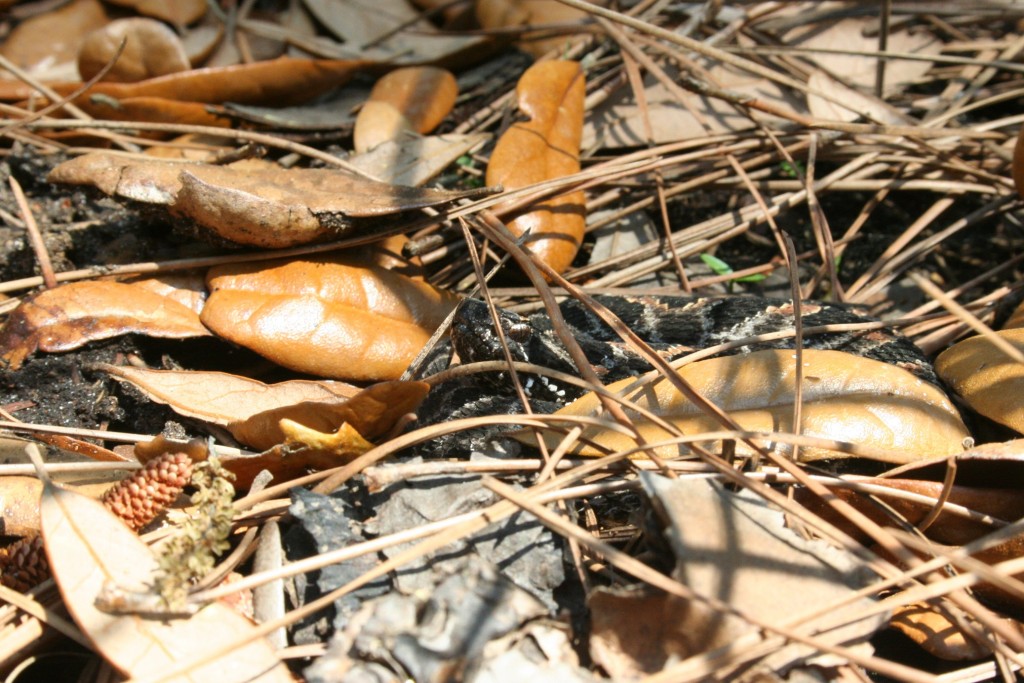
Yet another Pygmy Rattlesnake (Sistrurus miliarius) hiding in the debris. With how well they hide (and how common they were in this area), I can’t help but wonder how many we may have walked right past, never seeing them.

A frog metamorph (changing between tadpole and frog), either a Pig Frog (Lithobates grylio) or a Bullfrog (Lithobates catesbeianus) – the two species can be difficult to distinguish.

One of the sundew species native to Florida – they are carnivorous plants (similar to the more common venus fly traps) which catch and digest insects in the sticky “dew” droplets that their leaves exude.

The first Gopher Tortoise (Gopherus polyphemus) of the trip, unfortunately it had gotten killed in the fire just before it was able to escape down a burrow.
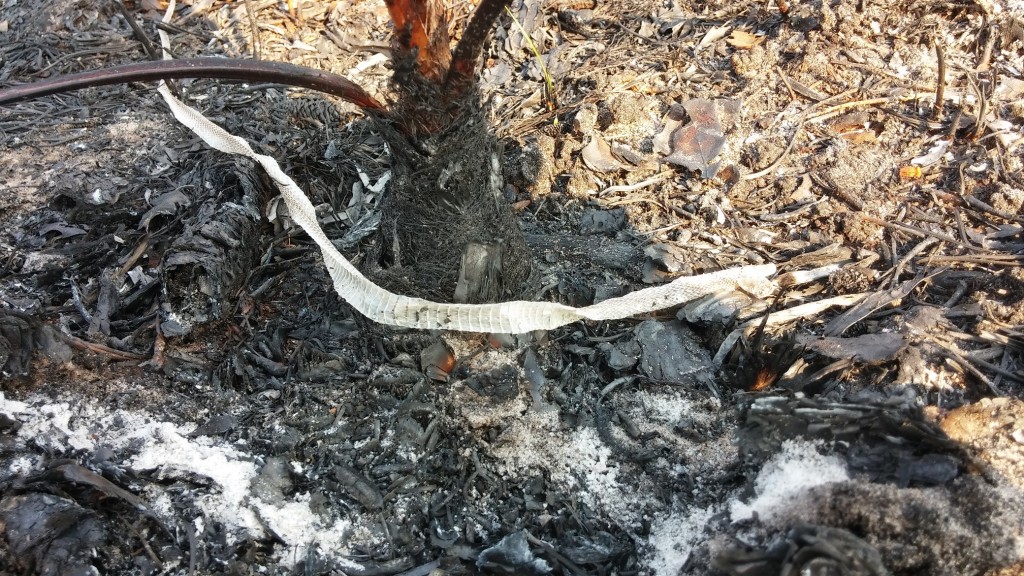
A snake shed in the burned field, the first sign of living snakes in the area. We found a number of sheds throughout the fields.
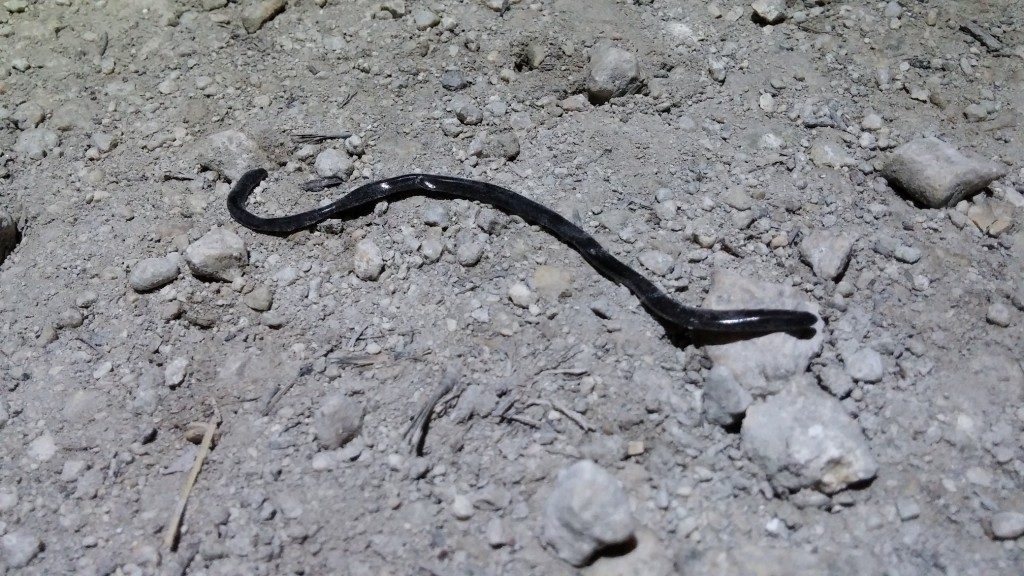
A flattened Flowerpot Snake (Ramphotyphlops braminus), an exotic, invasive snake species which looks like a small dark worm.

Our first Veiled Chameleon (Chamaeleo calyptratus) of the trip, and my first wild-caught Veiled Chameleon ever. These lizards are an exotic species introduced to south Florida.

We found some roadside wetlands that were loaded with water snakes (particularly Brown Water Snakes and Florida Water Snakes). Here are two Florida Water Snakes (Nerodia fasciata) sitting in the water.

An African Redhead Agama (Agama agama) that we found on a street corner. This species is another non-native.

A juvenile Brown Basilisk (Basiliscus vittatus), also called the Jesus Christ Lizard for their ability to run for short distances across water. They are from Central and South America and have been introduced to south Florida.
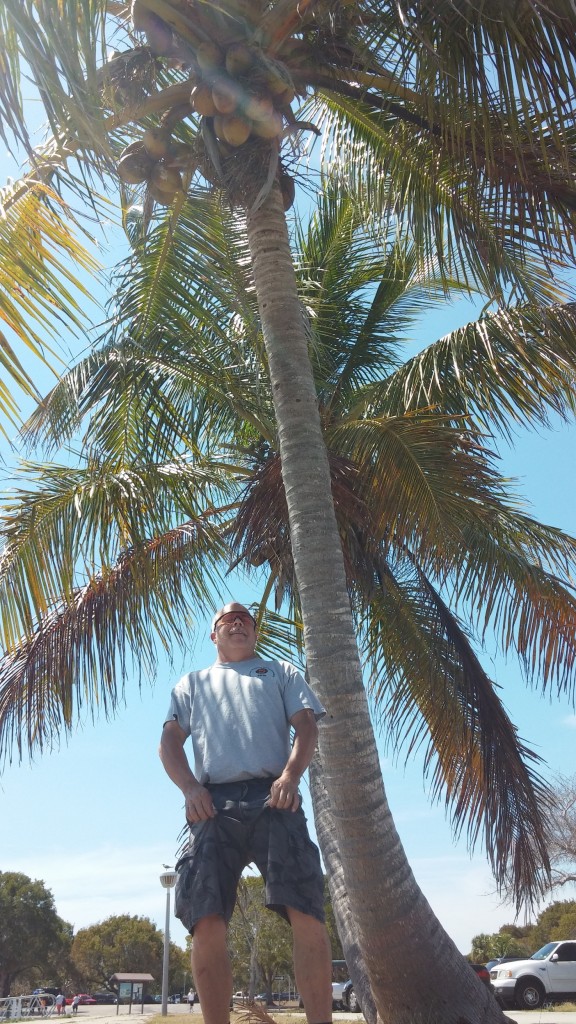
Ron standing bravely beneath the coconuts on a palm tree. Coconuts can fall on you, causing serious injury or death!
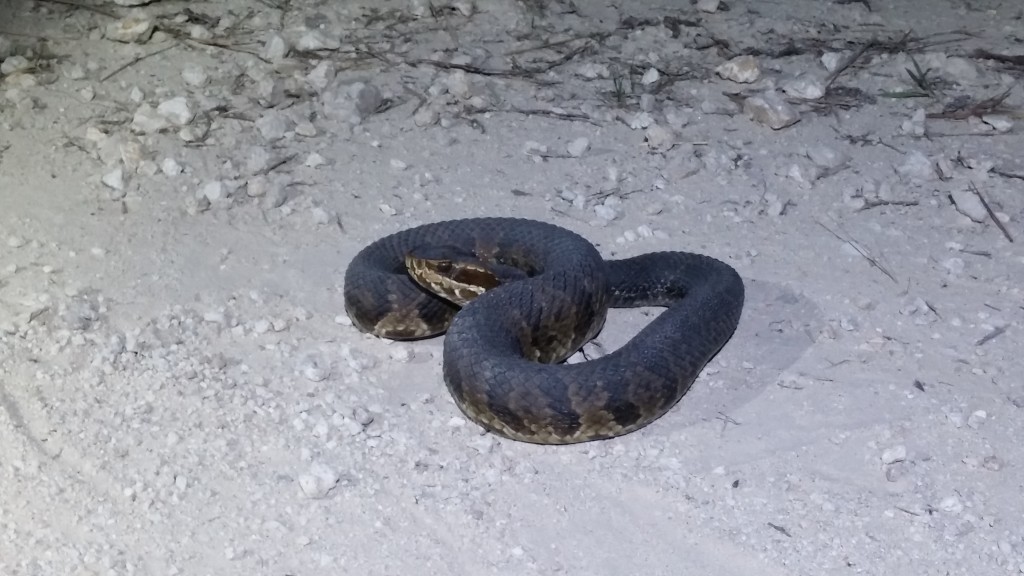
A venomous Cottonmouth (aka Water Moccasin; Agkistrodon piscivorus) – one of the 6 venomous snake species in Florida.
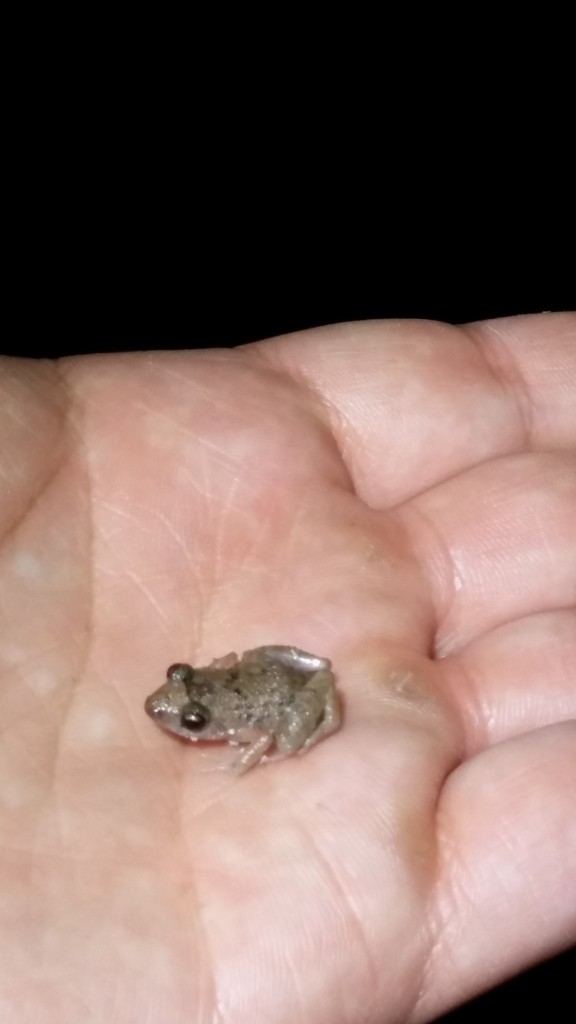
An exotic Greenhouse Frog (Eleutherodactylus planirostris). These frogs are direct developers – their eggs hatch into tiny froglets, rather than tadpoles, so they don’t require standing bodies of water to develop and can be transported in potting soil.

Ron holding a cooter. I’m not sure which species, as many turtle species look very similar. I would guess it is either a Red Bellied Cooter (Psudemys nelsoni) or a Florida Cooter (Pseudemys floridana).
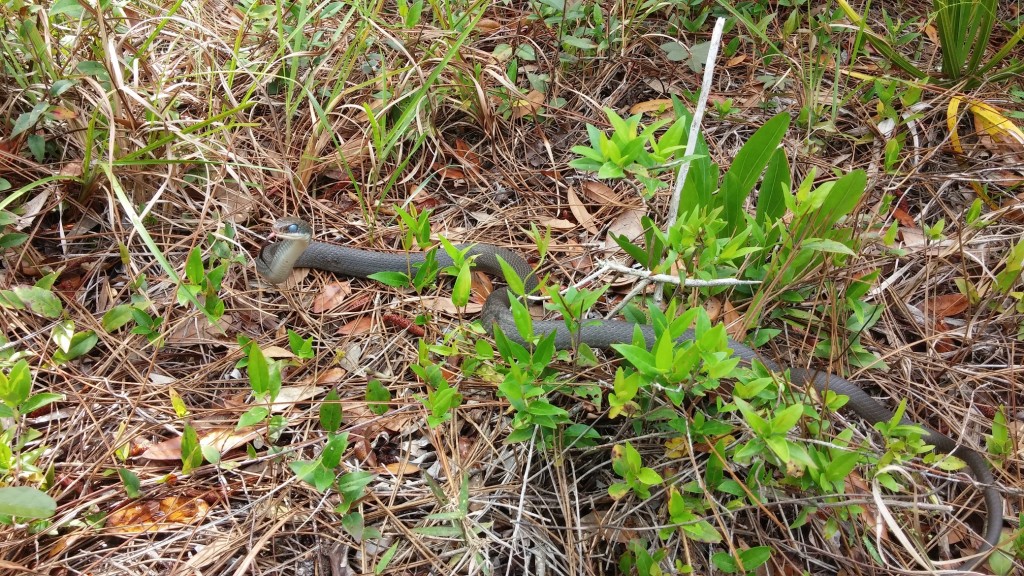
A Black Racer (Coluber constrictor) that is preparing to shed its skin. Before shedding, snakes secret a milky substance just beneath their outer layer of skin which makes them look opaque and reduces their ability to see. This semi-blind state leaves them vulnerable to predators, so many snakes behave more aggresively when opaque.
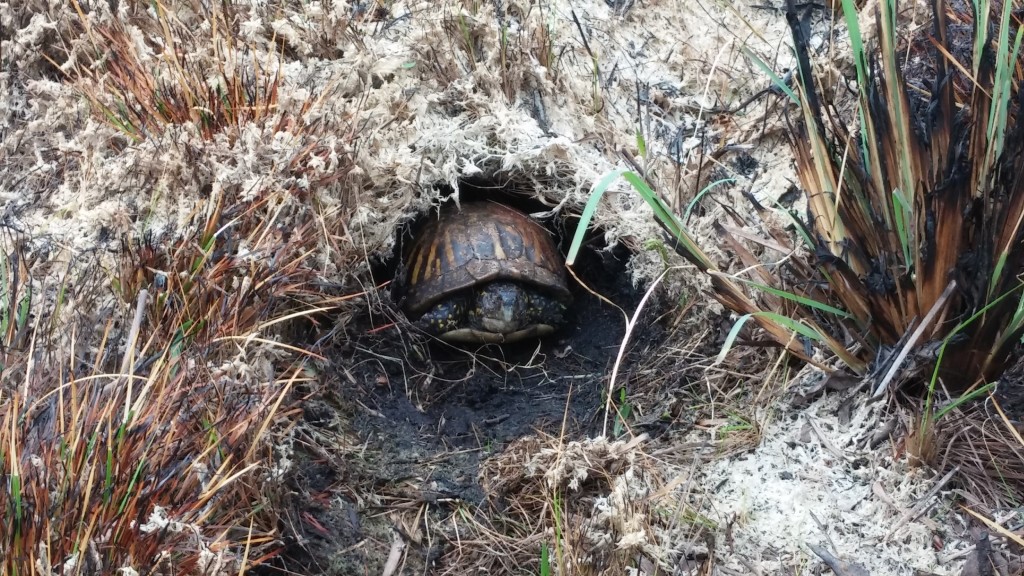
An injured Common Box Turtle (Terrapene carolina) taking refuge in the only moist area left after a burn. The turtle appeared to have been burned along its back and possibly blinded.

An Oak Toad (Anaxyrus quercicus) trying to hide in some sand. It eventually burrowed down into the sand to cover itself.
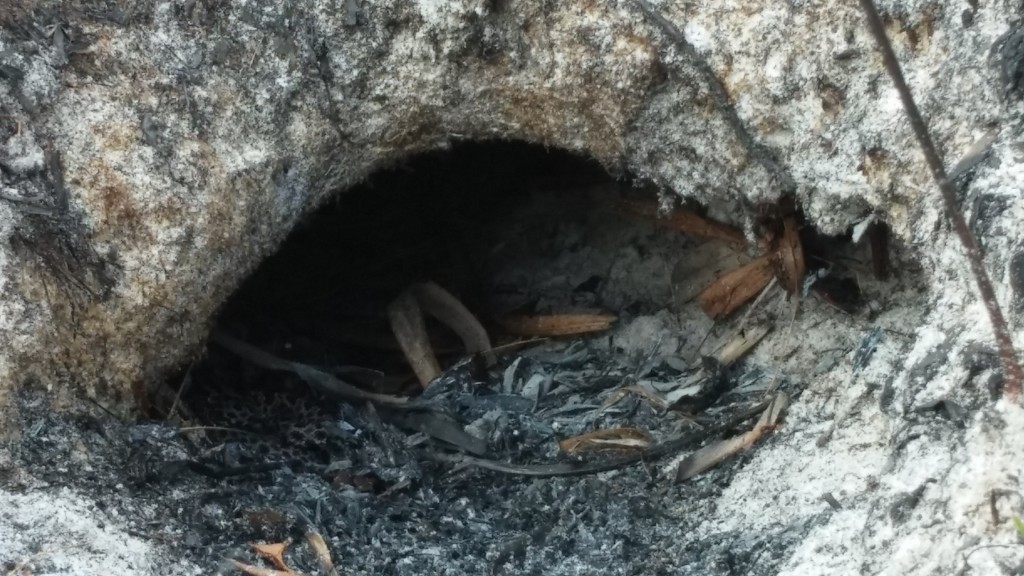
A Pygmy Rattlesnake (Sistrurus miliarius) hiding in the mouth of a Gopher Tortoise burrow. We found several snakes, tortoises, lizards, and Gopher Frogs (Lithobates capito) down tortoise burrows.
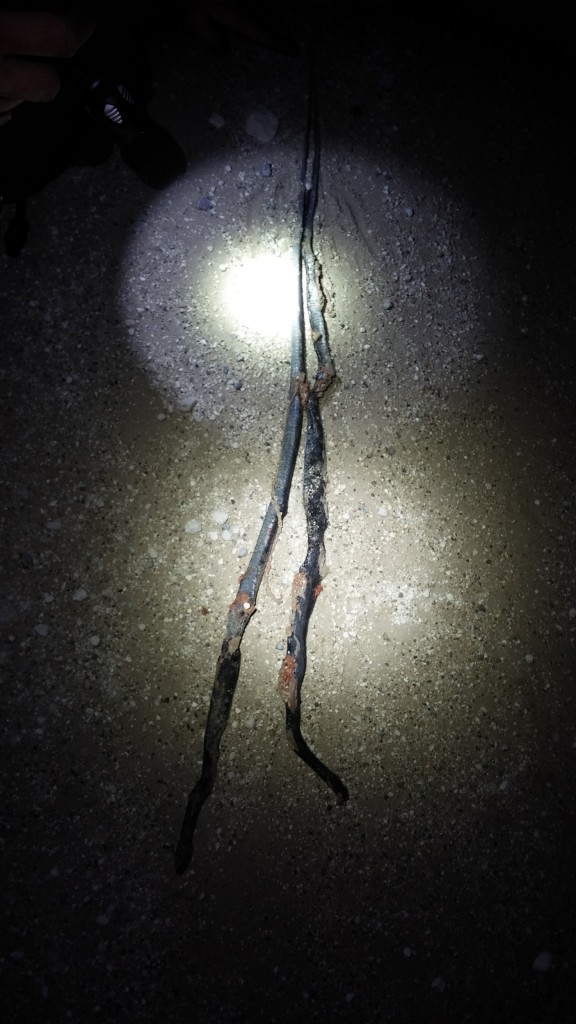
Two DOR Black Racers (Coluber constrictor) that we found next to each other on the road (we stretched them into that position, but they were practically on top of each other hit in the road when we found them)… possibly a pair that was mating when they got hit.


